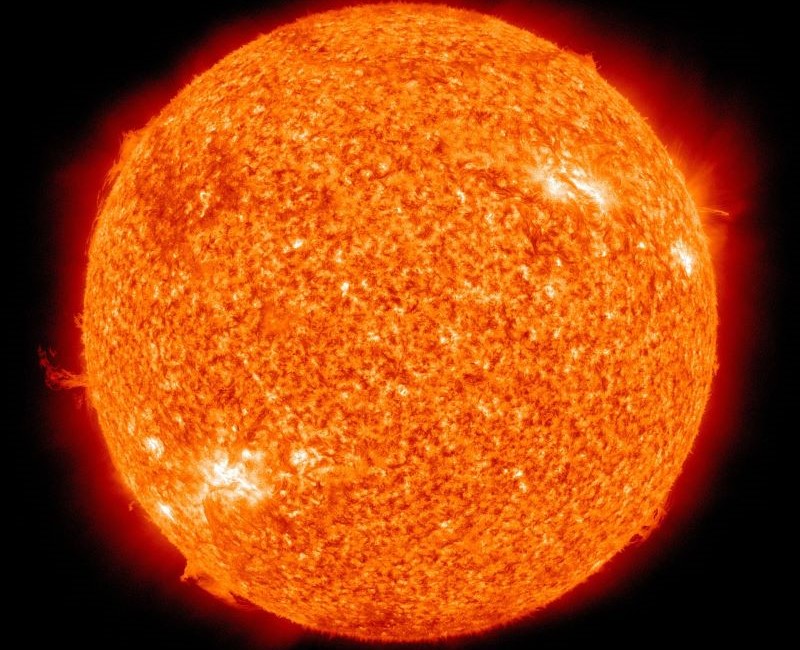 Aditya L-1
Aditya L-1 After successful Moon landing, ISRO now targets to study Sun with Aditya-L1 mission
New Delhi/IBNS: After the successful soft-landing of India's lunar mission Chandrayaan-3 on the South Polar region of the Moon on Wednesday, the Indian Space Research Organisation (ISRO) is now eyeing to study the Sun.
The Aditya-L1, India's first space observatory for solar research, is getting ready for launch in Sriharikota, and the ISRO is expected to make an announcement on the same next week.
The launch is expected to take place in the first week of September, with the space agency targetting a September 2 launch.
Aditya-L1 spacecraft has been designed to provide remote observations of the solar corona and study the solar atmosphere.
The spacecraft will extensively study the solar winds, which can cause disturbance on Earth and are commonly seen as "auroras".
In the long term, the objective of the mission is to use the data from the same to help better understand the Sun's impact on Earth's climate patterns.
ISRO has said, "The spacecraft shall be placed in a halo orbit around the Lagrange point 1 (L1) of the Sun-Earth system, which is about 1.5 million km from the Earth. A satellite placed in the halo orbit around the L1 point has the major advantage of continuously viewing the Sun without any occultation/eclipses. This will provide a greater advantage of observing the solar activities and its effect on space weather in real time."
Aditya-L1 has been built at nearly half the cost of Chandrayaan-3, reports said.
The success of Chandrayaan-3 has made India the fourth country to master the technology of soft landing on the lunar surface after the US, China, and the erstwhile Soviet Union.
Support Our Journalism
We cannot do without you.. your contribution supports unbiased journalism
IBNS is not driven by any ism- not wokeism, not racism, not skewed secularism, not hyper right-wing or left liberal ideals, nor by any hardline religious beliefs or hyper nationalism. We want to serve you good old objective news, as they are. We do not judge or preach. We let people decide for themselves. We only try to present factual and well-sourced news.







